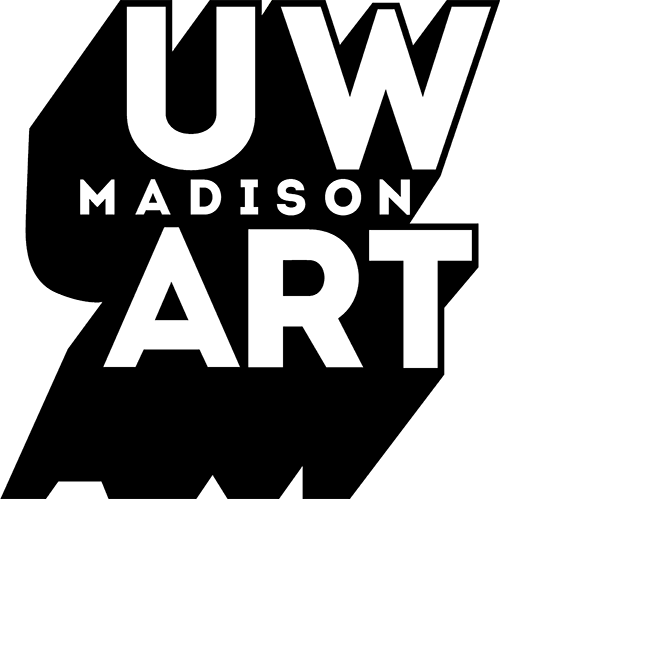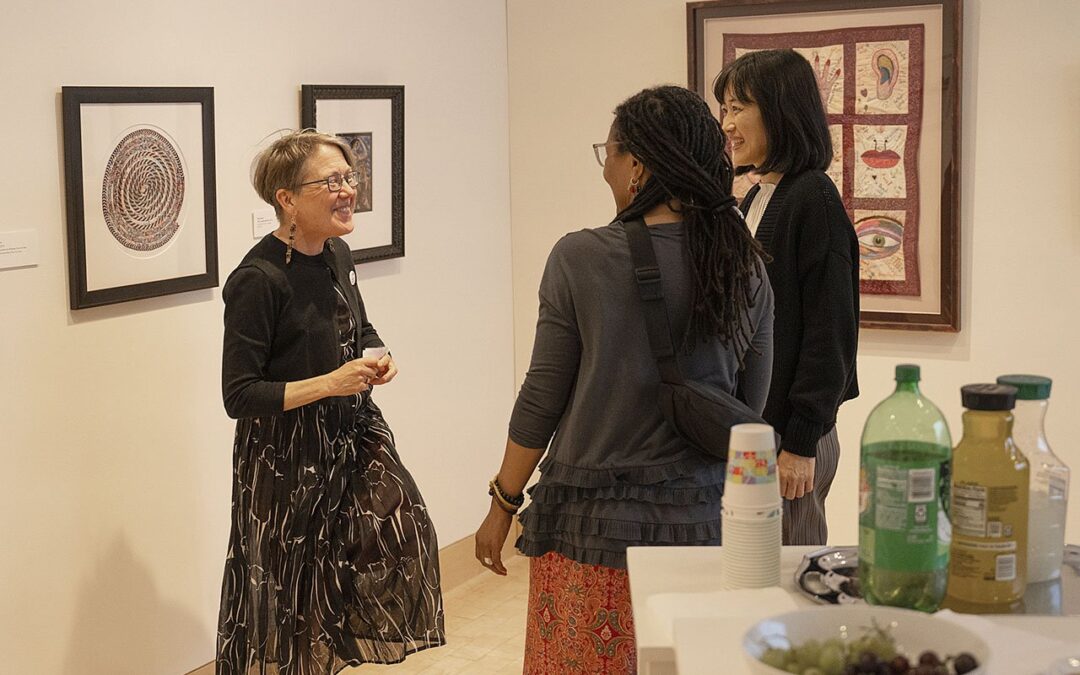Wisconsin ranks dead last in the nation for arts funding, spending just 18 cents per capita on the arts. In contrast, Minnesota pays about $9.67 per capita. This lack of funding creates financial barriers for Wisconsin artists — especially women. According to the National Museum of Women in the Arts, 46% of visual artists in the U.S. are women, but they earn just 74% of what male artists do.
Madison artists Brenda Baker [MFA ’90] and Bird Ross [MFA ’92] set out to help provide much-needed support for women artists in Dane County. In 2017 and 2018, while collaborating on an installation celebrating the state Capitol’s 100th anniversary, they were inspired by the history of Jean Pond Miner, the sculptor who created Wisconsin’s famous “Forward” statue.
“We wanted to replicate what happened in 1893, when women raised the equivalent of $150,000 to pay for this statue that was made by a woman and of a woman,” explains Baker. “We wanted to replicate that kind of enthusiasm that women had for women artists.”
After two years of hard work and fundraising, the Women Artists Forward Fund was born. This endowment fund, held at the Madison Community Foundation, supports two unrestricted prizes of $10,000 for women artists in Dane County every year.
“The most amazing and cool and wonderful thing is that we had this idea, we had enough people behind us, and so far, we’ve given away over $100,000,” says Ross. “The endowment is set for perpetuity. It’s taken flight.”
The 5-10-100: Women Artists Forward exhibit, currently on display at the James Watrous Gallery, features the first 10 artists to receive the Forward Art Prize. (The name comes from the fact that in the fund’s first five years it has awarded 10 artists a total of $100,000.) Each artist was asked to choose the pieces that showcased her best work.
Angelica Contreras is a 2020 award winner with two pieces in the show. “La Carga” (“the load” in English), is a richly layered mixed-media piece that shows a woman with her back to the viewer, balancing a basket on her head piled with symbols of what is traditionally considered “women’s work”: children, laundry, cooking supplies, etc. The figure seems to carry the outrageous burden effortlessly, without even lifting her hands, as she walks into a floral, gridded landscape.

